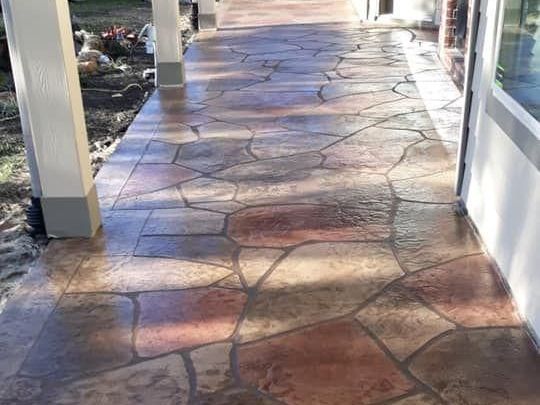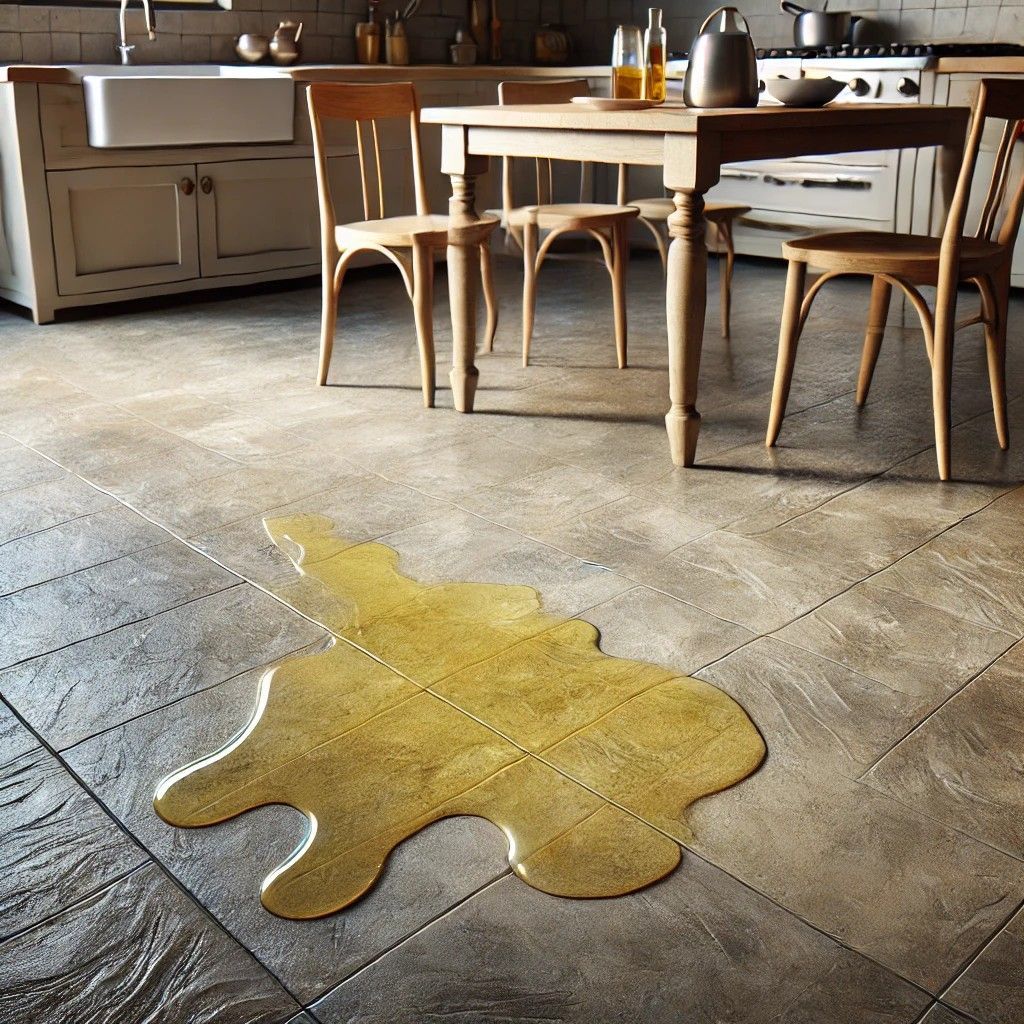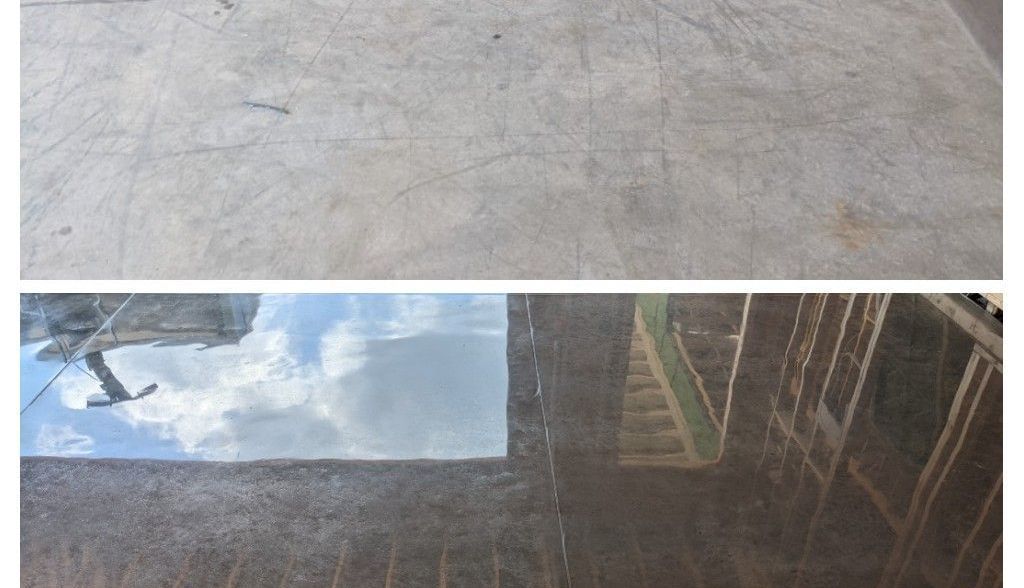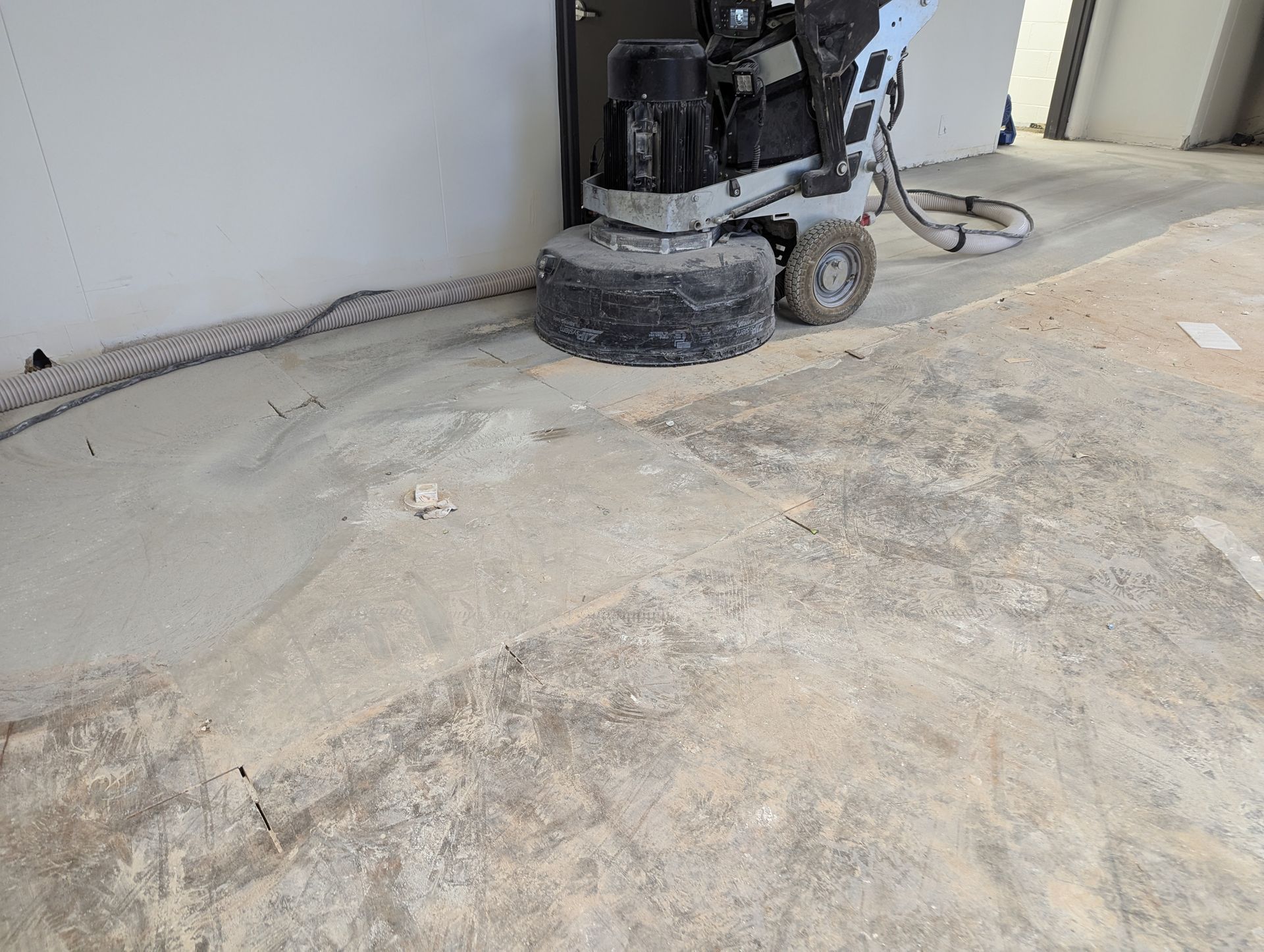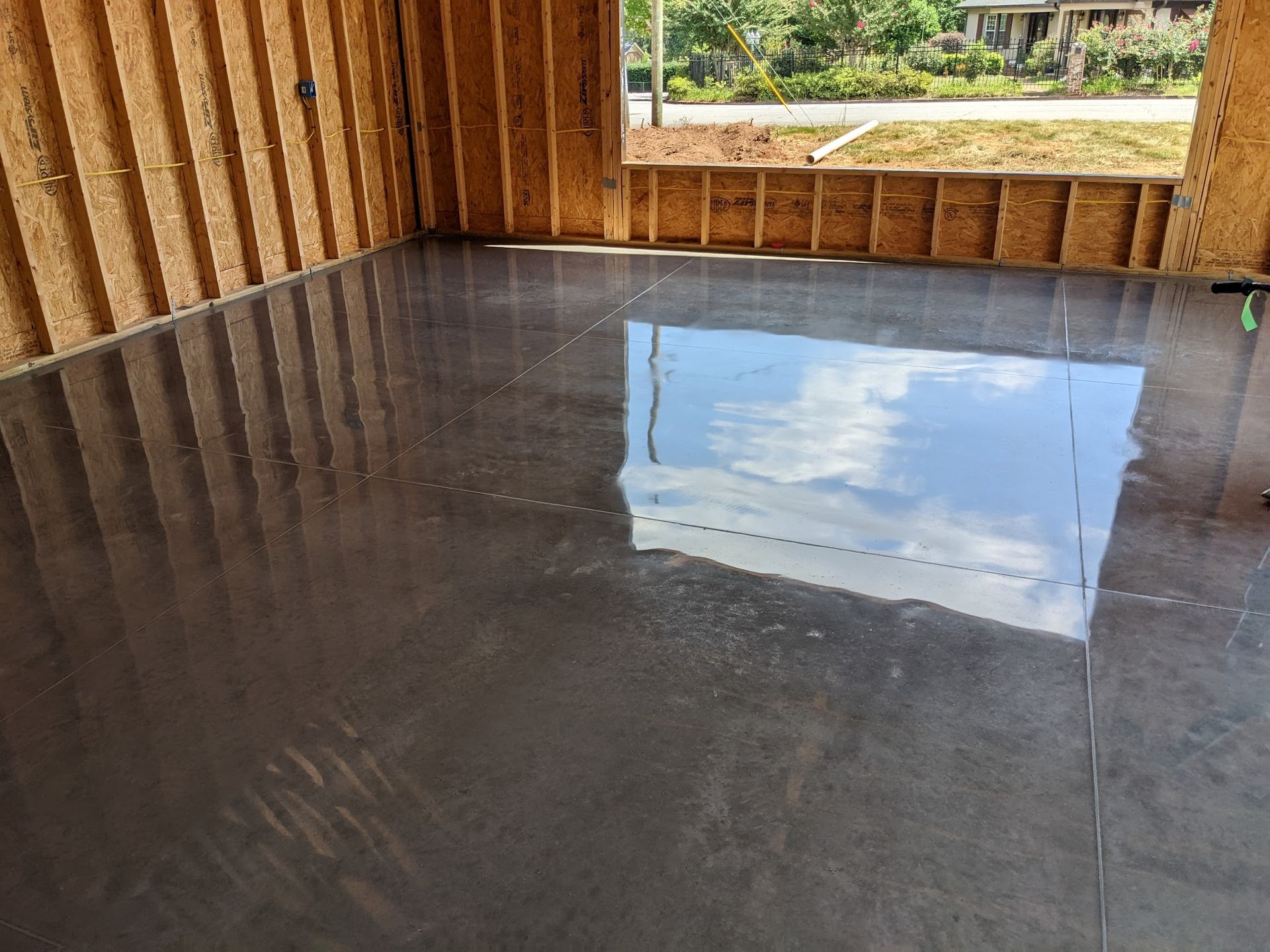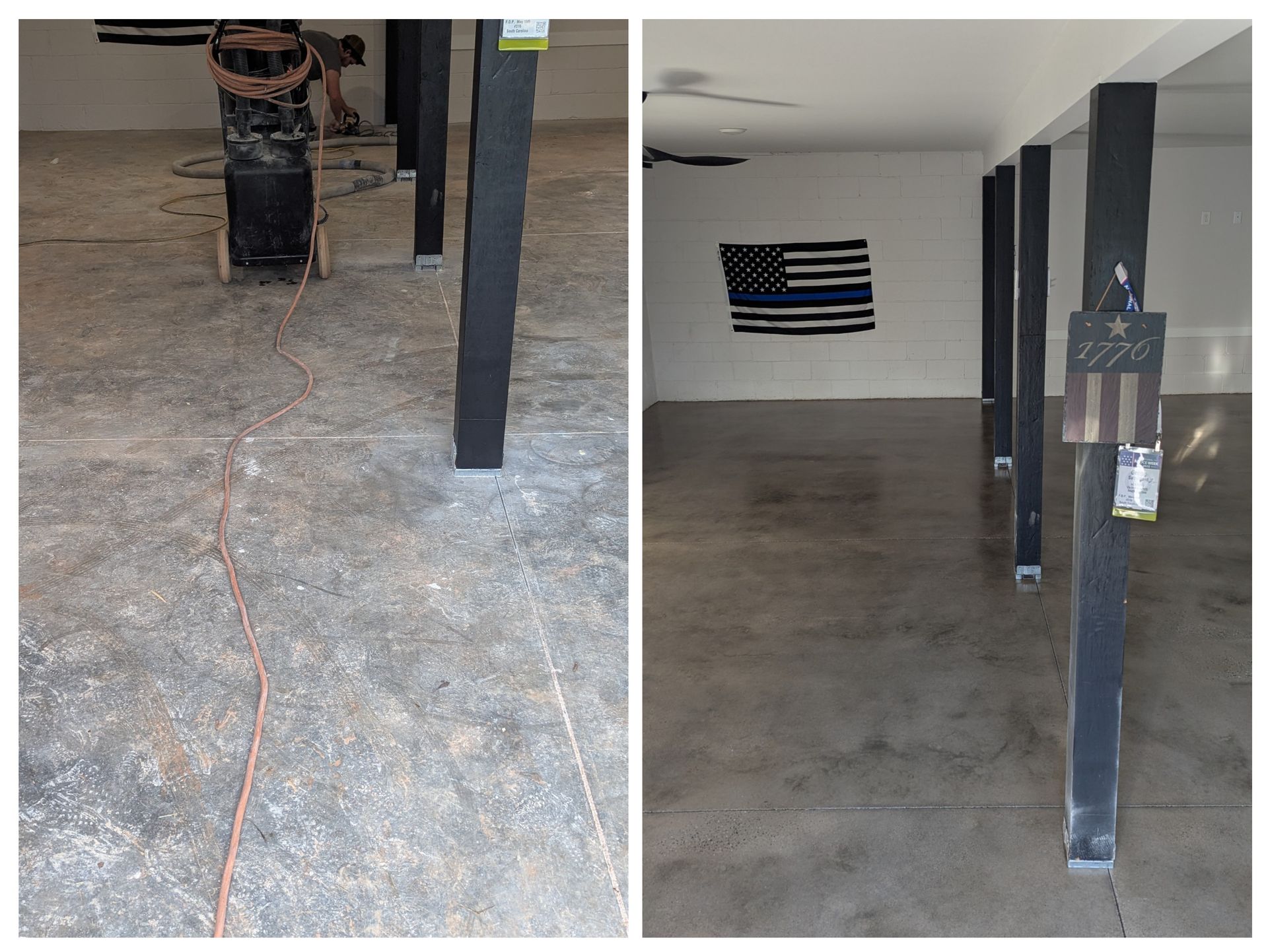Choosing the Best Engraving Equipment for Your Projects
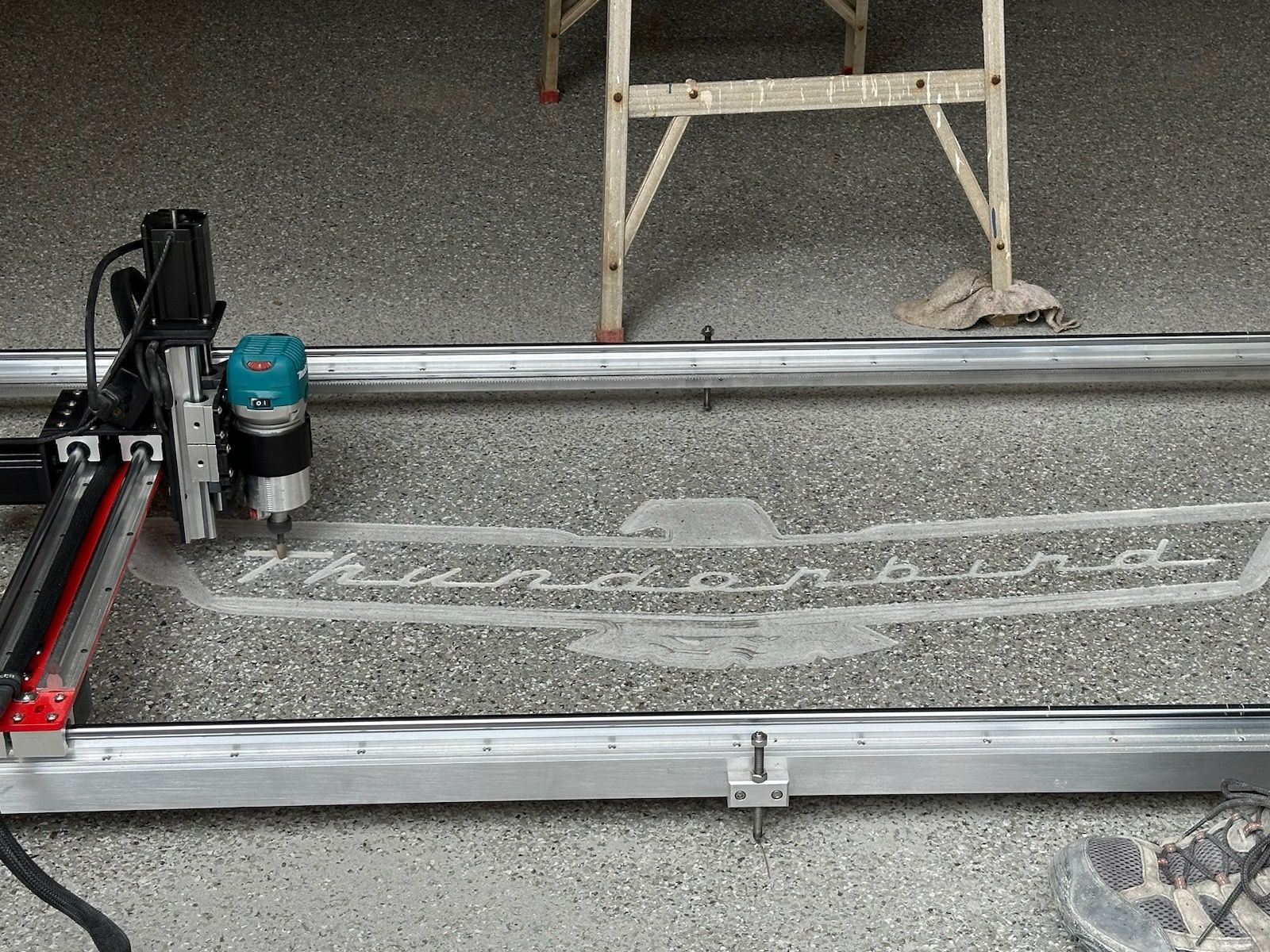
Not sure which engraving equipment is right for you? With so many options—fiber laser engravers, Fusion Pro machines, CNC Pro Portable Engraving Machine and more—it can be overwhelming. This guide breaks down different types of engraving tools, their key features, and how to choose the best one for your projects.
Types of Engraving Equipment
Laser Engravers for Precision and Versatility
Laser engravers, especially fiber models, offer high precision for metals, wood, and acrylic. Brands like Trotec provide advanced touchscreen controls, making adjustments easy. These machines handle detailed designs efficiently, whether you’re engraving aluminum, stainless steel, or wood.
Rotary Engraving Machines for Depth and Detail
Rotary engravers are great for deep, precise markings on stainless steel and ceramic. Advanced models feature autofocus for consistent quality, making them ideal for engraving barcodes, logos, and intricate designs.
Chemical Etching for Long-Lasting Marks
Chemical etching machines provide durable engravings, particularly on steel. These machines, often integrated with software like CorelDRAW, create professional-grade finishes with lasting results.
Handheld Engravers for Flexibility
Need something portable? Handheld engravers are compact, easy to use, and perfect for on-the-go work. They work well on plastic, wood, and metal, making them popular for personalized gifts and small business projects.
CNC Engraving Machines for Automation
For businesses handling bulk orders, CNC engraving machines streamline production. Models like xtool automate engraving tasks, ensuring consistent quality with minimal manual labor.
Key Features to Consider
Power Output for Different Materials
Higher power settings are essential for engraving tough materials like stainless steel, while lower power is better for delicate surfaces like wood and plastic.
Engraving Speed vs. Quality
Fast engraving boosts productivity, but excessive speed can reduce detail. Adjustable speed settings let you find the right balance between efficiency and precision.
Software Compatibility
Good software makes a big difference. Machines compatible with industry-standard design programs allow easy importing and modification of projects.
Size and Portability
Smaller machines are ideal for tight workspaces, while larger industrial engravers are suited for high-volume production. If you need mobility, look for portable options.
Warranty and Customer Support
A strong warranty and reliable support can save you headaches down the line. Look for brands with good customer service and easily accessible replacement parts.
Pricing and Cost Considerations
Brand and Feature Impact on Price
Higher-end brands charge more due to their reliability and advanced features. Budget-conscious buyers can find quality machines with fewer bells and whistles.
Long-Term Investment
Paying more upfront for a durable machine can save money in maintenance and replacements. Businesses benefit from investing in higher-end engravers for long-term efficiency.
Affordable Options for Beginners
Entry-level brands like Neje and Ortur offer budget-friendly models that are easy to use and great for beginners.
Used Equipment and Accessories
Buying second-hand machines can save money while still providing essential features. Affordable accessories like engraving bits and maintenance kits can enhance performance without breaking the bank.
Matching Equipment to Your Needs
Material Compatibility
Choose equipment based on the materials you’ll be engraving. Fiber lasers excel with metals, while rotary engravers handle softer materials like wood and acrylic.
Project Complexity
For detailed work, CNC and laser engravers are best. For simpler projects, handheld or basic rotary engravers suffice.
Production Scale
For high-volume engraving, automated CNC machines are ideal. Smaller operations may benefit from compact engravers with quick setup times.
Software and Design Intricacy
Ensure your machine supports the level of detail needed in your designs. Advanced engraving software enhances precision and allows for complex patterns.
Safety Features
Look for engravers with protective barriers, emergency stop buttons, and proper ventilation systems to ensure a safe work environment.
Researching Brands and Reviews
Customer Feedback
Reading testimonials helps gauge durability, precision, and ease of use.
Product Reliability
Look for brands with positive performance reviews and strong reputations in the industry.
Online Forums and Comparisons
Engraving communities and professional forums offer valuable insights into different models and their real-world performance.
Professional Recommendations
Seeking advice from experienced engravers can help you choose the best equipment for your needs.
Maintenance and Upkeep
Routine Maintenance
Regularly check moving parts and lubricate components to prevent breakdowns.
Cleaning and Upkeep
Dust and debris can impact performance. Keep machines clean to ensure consistent quality.
Troubleshooting Common Issues
Misalignments and software glitches are common. Learning to diagnose and fix these issues will keep your engraver running smoothly.
Replacement Parts Availability
Choose brands that offer readily available replacement parts to minimize downtime.
User Manuals for Safe Operation
Reviewing manuals ensures you understand your machine’s features, maintenance requirements, and safety protocols.
Final Thoughts
Selecting the right engraving equipment is about matching your needs with the right machine. Whether you're working on detailed artwork or bulk production, considering power, speed, software, and cost will help you make the best choice. Investing in quality equipment ensures efficiency, longevity, and professional results.

Want to learn more? Check out our BLOG
SERVICE AREA
- South Carolina
- Georgia
- Tennessee
- North Carolina
- Spartanburg, SC
- Upstate, SC
Blastek Concrete Designs | Design by: Quantum Hawk


